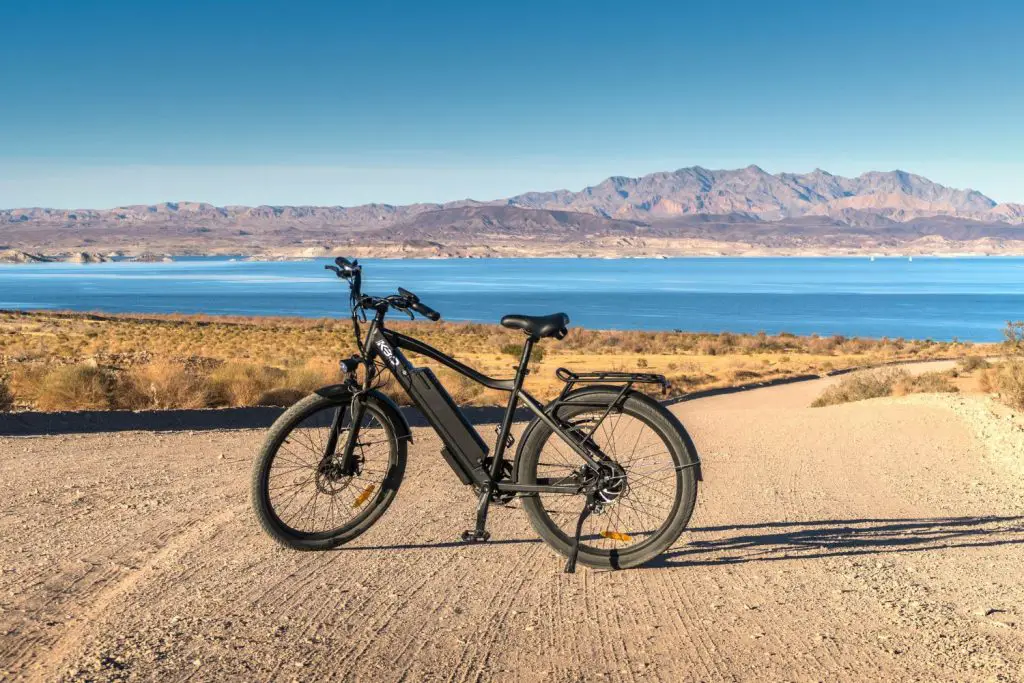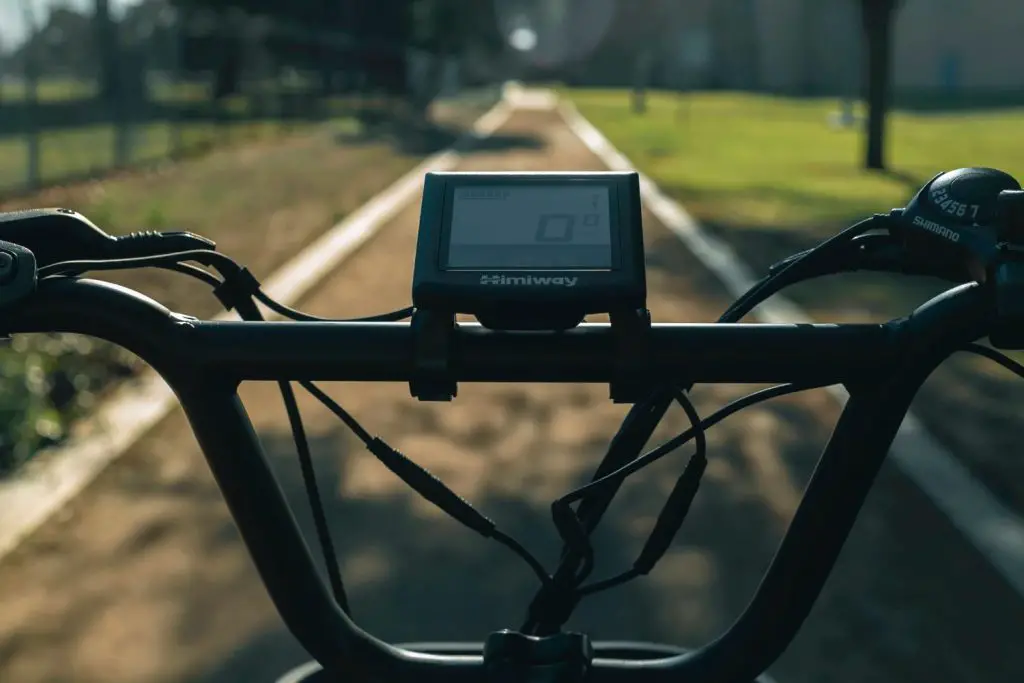Although e-bikes are designed to give you speed and allow you to travel greater distances from home than a regular bike, sometimes, when you try to ride your e-bike uphill, you might find that it annoyingly cuts out or struggles to make it to the top. Why does your electric bike lose power when you ride uphill?
Your electric bike may lose power going uphill due to loose wiring. Batteries in electric vehicles are also prone to losing their charge when riding in cold weather. While small batteries, and lack of torque may make a big difference in your ability to go uphill.
In this article, I’ll explore the common reasons why e-bikes can lose power when you travel uphill and what you can do to ensure that it doesn’t happen to you in the future. I’ll also feature some tips you can adopt regarding your riding style, as this can sometimes make a difference in whether or not you reach the top of a steep hill.
Jump to:
Common Reasons Why Your E-Bike Struggles To Ride Uphill
Your e-bike may struggle to ride uphill for several reasons. Here’s a list of the most common ones, although the list isn’t comprehensive:
- Loose connections. If your e-bike has loose wires, vibrations during the ride can cause it to stumble, such as when riding a steep uphill or on rocky terrain. You might experience jerkiness during your ride if loose wiring is the culprit.
- Low temperatures. If you’re riding your e-bike in cold weather, you’ll put extra strain on its battery, affecting how well the battery can be charged. If this is the case, you might experience your bike’s motor cutting out.
- Small battery. Your e-bike needs a large battery to give you enough capacity for more challenging terrain or steep hills. Plus, your vehicle must be capable of riding a long distance in pedal-assist mode on a single charge. We recommend a bike with high-grade lithium batteries that give you about 30 miles (48.3km) on one charge.
- No mid-motor on board. Mid-motors have an advantage over hub motors because of their gear ratio. This allows you to choose a low gear when you need extra power to help you reach the top of a hill. In low gear, a mid-drive motor can help you climb steeper hills than a hub motor with similar power.
- Not enough torque. You’ll need torque if you want your e-bike to glide up steep hills, such as those you encounter on your daily commute. The engine has to be strong enough to fight the force of gravity that pushes the bike down the hill, so look for at least 70 Nm of torque in the motor.
If your e-bike meets all of these requirements, it’s likely to be easy when riding uphill. However, have a technician look at your bike if you run into trouble.

How To Cycle Up Steep Hills With an E-bike
When using your e-bike to climb up a steep hill, you can expect rugged terrain, which can strain your engine and battery. With this in mind, here are some tips to try the next time you find yourself about to navigate a hill.
- Adjust your riding position. When riding your e-bike uphill, put your body weight forward on the bike. This will help you become more aerodynamic while maintaining enough traction on the bike’s rear wheel.
- Use the pedal assist feature. Many e-bikes have a feature that lets you climb hills with less physical effort. Set it to low when you want to navigate gentle hills, and choose a higher level when you need to get to the top of a steep hill.
- Use fat tires. The tires you’ve installed on your e-bike will make a difference in how well it can climb hills. Fat tires work well because they provide more traction over various surfaces and absorb vibrations.
- Check your tire pressure. Ensure your e-bike’s tires have the proper air pressure to boost the bike’s traction by using something like this. This way, you also make the most of your e-bike’s battery power so it can steam ahead. Less pressure in your tires will prevent your bike from getting enough traction. So, check the optimal specifications for your bike and tires to get the best results.
- Stay focused on the ground ahead. Keep looking up at the hill you’re trying to climb to avoid any unfortunate surprises that can get in your way, such as stones or tree roots. By anticipating the terrain that’s coming up, you’ll also be able to switch to a lower gear in time.
- Maintain the correct cadence. When climbing uphill, you should stick to a cadence of around 70 or so. Cadence is essential because it’s the speed at which you spin your cranks. Maintaining the right cadence helps your e-bike’s power remain consistent so you can make it up a hill. You should switch to a lower gear to reduce the energy required to maintain your cadence.
- Position your seat lower. Keep your seat low when navigating a steep climb. If your e-bike’s seat is too high, it’ll get in the way of your mobility and shift your center of gravity upwards. A lower seat position lets you maintain a lower center of gravity.
Conclusion
e-Bikes can experience issues when tackling hills and steep inclines, such as jerking or a battery that cuts out, which are usually a result of these common problems:
- Loose wiring.
- Riding the bike in freezing conditions.
- Tires with inadequate width.
- Failing to optimize tire pressure.
- A poorly adjusted seat.
You can alleviate the problem by checking your bike’s condition before riding. Ensure your e-bike’s tires, engine, and battery are in good condition. Moreover, put your body weight forward on the bike and stay focused on the road.



